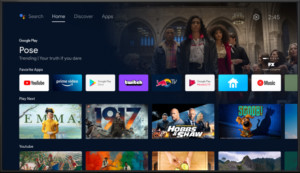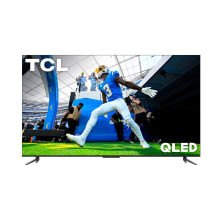
Blue Light Television: How to Protect Your Eyes From Harmful Effects
Spending hours engrossed in your favorite TV shows can have a hidden downside: exposure to blue light. While necessary for color accuracy, the blue light emitted from televisions can contribute to eye strain, sleep disruption, and potentially long-term eye health issues. This article delves into the science behind Blue Light Television, its effects, and practical strategies to mitigate the risks.
Why Does My TV Emit Blue Light?
Blue light is a crucial component of the color spectrum displayed on your television screen. Without it, colors would appear distorted and inaccurate. Each pixel on your screen consists of red, green, and blue subpixels. These combine to create the vast array of colors we see. Removing blue light would significantly limit the color range and diminish picture quality.
How Color Rendering Works on Screens
Millions of microscopic pixels, each composed of red, green, and blue subpixels, form the images on your TV. These subpixels blend to create different colors, much like mixing paints. Blue light is essential for producing colors like purple, cyan, and even white. Without it, the visual experience would be dramatically altered.
The Dangers of Blue Light From Televisions
While not all blue light is harmful, the concentrated blue light emitted from electronic devices like televisions, particularly at shorter wavelengths, poses risks. Prolonged exposure can lead to various issues:
- Computer Vision Syndrome (Digital Eye Strain): Symptoms include eyestrain, headaches, neck pain, and dizziness.
- Melatonin Suppression: Blue light interferes with the production of melatonin, a hormone regulating sleep, leading to sleep disruption and insomnia.
- Potential Long-Term Eye Health Risks: Studies suggest a link between blue light exposure and an increased risk of age-related macular degeneration (AMD) and other retinal problems.
Effective Ways to Protect Yourself From Blue Light TV
Fortunately, there are several ways to minimize the negative effects of blue light from your television:
1. Adjust Your TV Settings
- Enable Blue Light Filters: Many modern TVs offer built-in blue light reduction modes. These settings adjust the color temperature to reduce blue light emission.
- Optimize Brightness and Contrast: Adjust your TV’s brightness to match the ambient lighting in your room. Lower brightness levels generally reduce blue light output.
2. Control Your Viewing Habits
- Limit Screen Time Before Bed: Avoid watching TV for at least 2-3 hours before bedtime to allow your body to naturally produce melatonin.
- Take Breaks: Implement the 20-20-20 rule: Every 20 minutes, look at an object 20 feet away for 20 seconds to reduce eye strain.
3. Invest in Blue Light Blocking Glasses
- Choose Quality Lenses: Look for glasses that block a significant portion of blue light, ideally in the 400-450 nanometer range.
- Consider Lens Color: Amber or yellow-tinted lenses offer the most protection, while clear lenses with blue light filtering coatings are suitable for daytime use.
Protecting Children from Blue Light Exposure
Children’s eyes are more vulnerable to blue light due to their developing lenses. Limit screen time for young children and consider blue light glasses for older kids who use electronic devices frequently.
Conclusion: Minimize Blue Light, Maximize Eye Health
Blue light from televisions is a modern-day challenge, but by taking proactive steps, you can mitigate its negative impact on your eye health and overall well-being. Implement these strategies to enjoy your favorite shows while protecting your vision.








